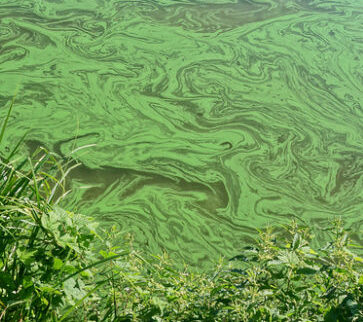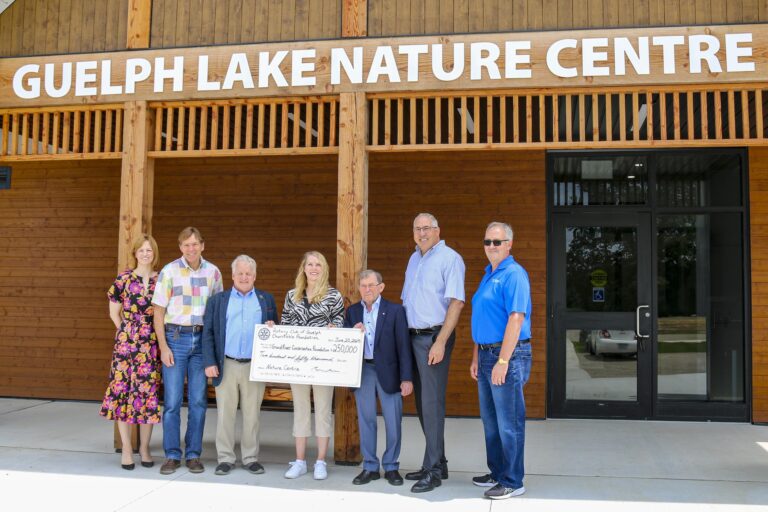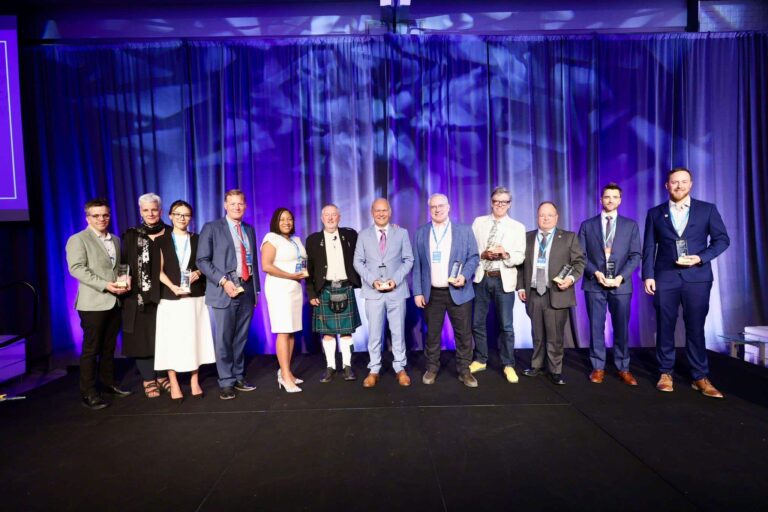Wednesday, July 2, 2025
Nearly all technology today—from cellphones to computers to MRI scanners—contains rare earth elements (REEs). The global market for REEs is predicted to reach US$6.2 billion this year and US$16.1 billion by 2034.
High concentrations of one particular REE—lanthanum—are often in find in mine tailings. Runoff from this waste can make its way into nearby bodies of water where it poses a risk to human health and the environment. As a result, researchers are on the hunt for ways to recover the material.
Michael Chan, working under the supervision of Dr. Huu Doan in the Department of Chemical Engineering at Toronto Metropolitan University (TMU), recently discovered that industrial-strength chemical adsorbents can be used to “soak up” lanthanum from that mine waste.
“These ‘fancy sponges’ are about the size of a grain of salt,” says Chan, who is completing his Masters degree at TMU. Working in a lab, Chan and his colleagues found that the metal ions present in a sample of contaminated water trade places with the hydrogen ions present on the surface of adsorbent.
When they filtered the adsorbent out of the water, they were left with cleaner water and recovered lanthanum that could be reformed and reused in new electronics.
The team used a scanning electron microscope at TMU to better understand the ion exchange process, then used the Canadian Light Source at the University of Saskatchewan to get even more detailed images and to confirm their findings.
“The exciting part about these findings is that this is something that we can do now, today,” says Chan. “We can use what we have. We can really give it a shot and apply it to real-life situations and industry.”
Chan and his team collaborated with Dr. Trong Dang-Vu from SNF Canada, a company specializing in water treatment solutions. “They were able to guide us in terms of what industry is looking for,” says Chan. “They also provided us with tailings samples from mines, so in further research we’ll see if we can use those samples and see just how effective this approach really is.”
The Canadian Light Source (CLS) is a national research facility of the University of Saskatchewan and one of the largest science projects in Canada’s history. More than 1,000 academic, government and industry scientists from around the world use the CLS every year in innovative health, agriculture, environment, and advanced materials research.
The Canada Foundation for Innovation, Natural Sciences and Engineering Research Council, Canadian Institutes of Health Research, the Government of Saskatchewan, and the University of Saskatchewan fund CLS operations.
Watch a video about this research.
Featured image credit: Getty Images











